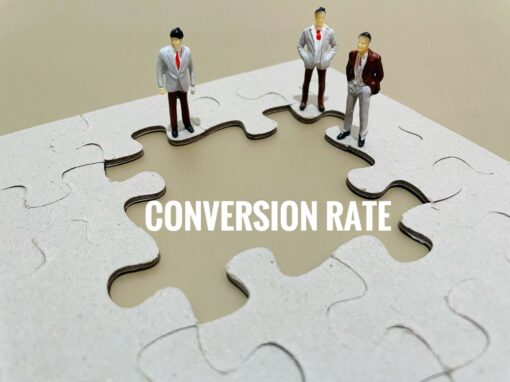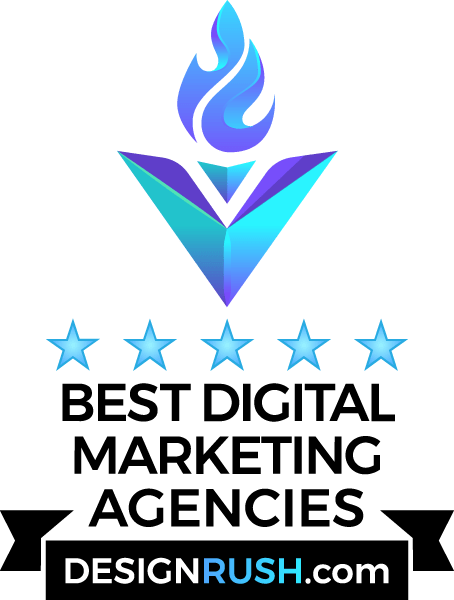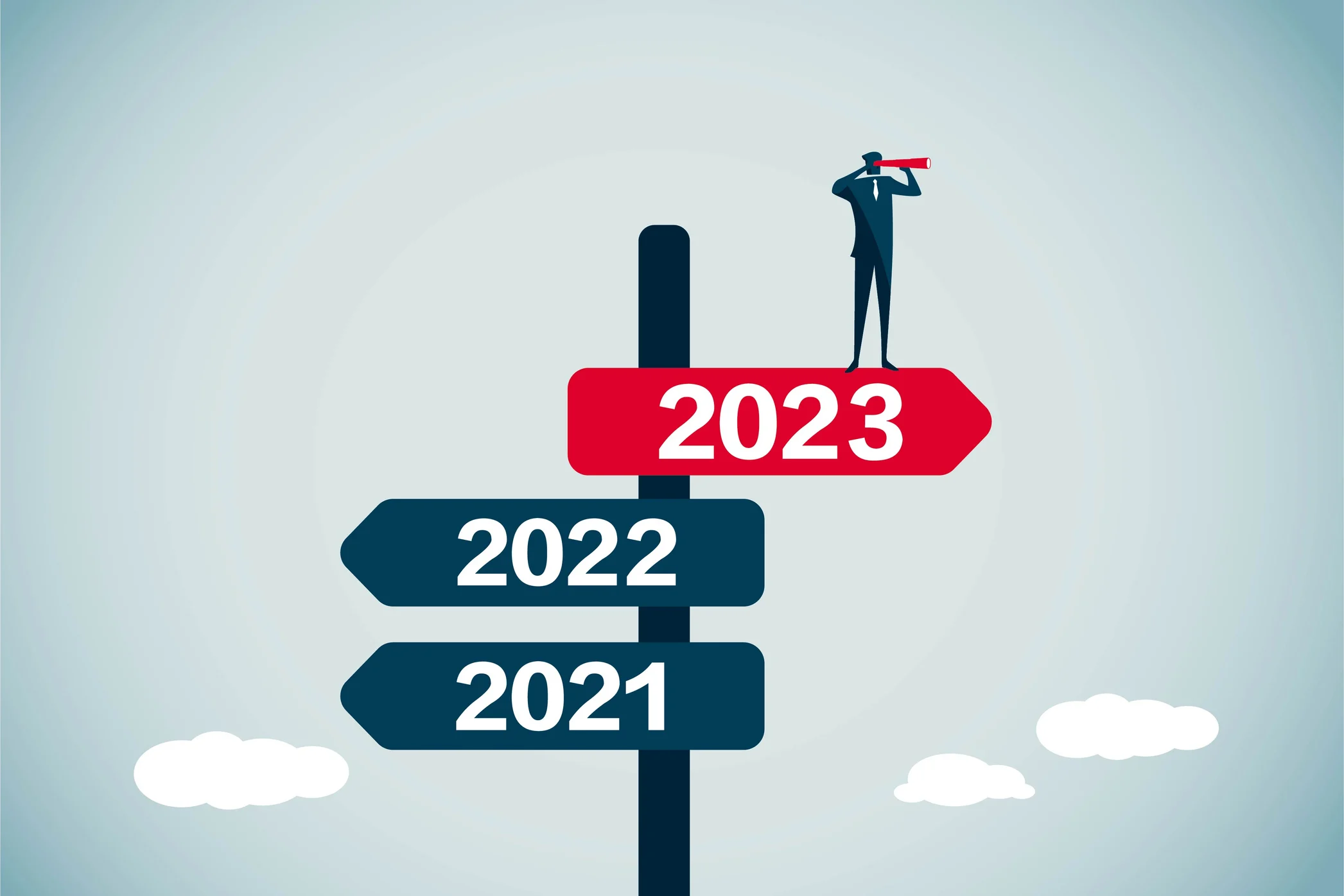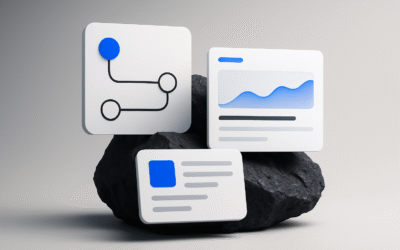Introduction
Everyone knows by now that Digital Marketing has more layers than an onion.
There are so many strategies and techniques you can use to promote products or services using digital technologies. Most people have heard of the six pillars of digital marketing, what are considered “the core pillars” which are content marketing, search engine optimization, social media marketing, paid advertising, email marketing, and analytics and data driven insights. 
So, you’re doing all that yet your conversion rates are still not where you’d like them to be. Probably because there’s an integral piece to the puzzle you may have overlooked, that is conversion rate optimization (CRO).
With the help of analytic tools, A/B testing, persuasive copy, and visuals, you can revive your digital presence, turning curious visitors into loyal customers that will keep coming back for more!
What is Conversion Rate Optimization (CRO)?
Conversion rate optimization is the process of increasing the percentage of conversions from a website or mobile app. CRO typically involves generating ideas for elements on your site or app that can be improved and then validating those hypotheses through A/B testing and multivariate testing (we’ll get to what that means later).
The goal of CRO is to generate highly qualified leads, increased revenue, and lower acquisition costs. So, in simpler terms, what does that mean? Basically, we want to optimize your website or landing page based on how the customers visiting your website behave. This will help improve the probability of said visitor to take the desired actions (conversions) we want on the page.
Why is Conversion Rate Important?
The main goal you want to see from your website is an increase in revenue, right? Of course, CRO accomplishes that, but it is important for other reasons too, like lower customer acquisition costs, improved ROI, competitive advantage, and understanding user behavior.
- Increased Revenue: The obvious and biggest benefit you want to see from your digital marketing efforts. When you optimize your conversion rate you generate more conversions from the same amount of traffic. The optimization will also help bring new business, but it’s more focused on harnessing the traffic you already receive. This translates to increased revenue per visitor and the businesses growth.
- Lower Customer Acquisition Costs: Similar to what we just discussed, CRO allows you to get more out of your existing users and visitors instead of just driving new traffic. You won’t have to spend extra on additional resources to try and find new customers. This will lower your costs on ads, because you won’t have to reach a new customer to increase your conversion rate.
- Improved ROI: The goal of any business is to increase return on investment. CRO is all about benefiting your business in the ways you want, by using less money and customers you already have. It allows you to identify and address usability issues or barriers that prevent customers from converting.
- Competitive Advantage: By constantly optimizing your website you can stand out against your competitors, because you’re staying in touch with customers’ needs, which increases loyalty. Your website will have a smoother and easier user experience that allows customers to not second guess or wait on buying or using your product or service. Customers won’t have to go “check out” the competitors’ websites, because yours was so easy to use.
- Understanding user behavior: User behavior data provides insight in how visitors interact with your website or digital asset. By analyzing metrics such as click-through rates, session durations, bounce rates, and conversion funnels, you’ll gain an understanding of your customers preferences. You’ll then be able to tailor strategies, design, and messaging to align with your visitors expectations and needs. Understanding user behavior helps create personalized experiences and improved conversion paths that reduce friction and increase engagement, leading to higher conversion rates.
Strategy Tools for Optimizing Conversions
Analytical Tools
It’s impossible to optimize conversions without analytics and data-driven decisions. You’ll be able to measure user behavior, engagement metrics, and conversion rates, so you’ll know how customers interact with your site.
The tools will let you see where you need to improve, what usability issues you have, and what makes users abandon the site. With the data you gather from these tools you can then see what your best performing elements and pages are, and see the areas in need of optimization.
Once you get insights into user preferences and patterns, you can run A/B testing and analyze user flows. Analytical tools are that best friend you rely on to make informed decisions about how to improve your marketing strategy that help maximize your conversion rates.
A/B Testing
A/B testing the most useful tool in the toolbox of Conversion Rate Optimization (CRO). A/B testing will test the effectiveness of your digital marketing campaigns, website design, and user experiences. Instead of relying on guesswork, it will take two or more versions of your webpage or app and compare them to determine which one is performing better.
is performing better.
Split test groups evenly and show a version to each, then observe how users interact with the website, such as clicks, conversions, time spent, and so on.
There are several variables you can change for experimentation, from small changes like the color of a button or larger scale one like form layouts or the placement of call-to-action buttons. You’ll then be able to analyze the data from the test and isolate the most effective version and optimize your strategies.
Persuasive Copy
Something you may not have thought you needed to add to your website is copy. Creating persuasive copy is another essential part of CRO. Persuasive copywriting involves creating compelling messages that resonate with your intended audience, and effectively communicates the benefits of your product or service.
Understanding your audiences’ needs, pain points, and desires you can use persuasive copy to build trust, create urgency, and address objections. The right copy can capture attention, elicit emotions, and guide users towards the desired actions, such as signing up for a newsletter or completing a form.
Visuals
Almost everyone would rather look at pictures/visuals to gain information than just reading words for everything. Visuals can capture attention or evoke emotions that words alone cannot convey. Incorporating high-quality images, videos, infographics, and interactive elements can make a significant difference in conversion rates.
They can help your users engage and resonate on a deeper level by creating a more memorable and immersive experience. Visuals can simplify complex information, while guiding users through a conversion funnel.
As you optimize your site, provide visually appealing calls to action, add testimonials through images, and provide product demonstrations. Visuals will capture and hold users attention, which will increase engagement and lead to higher conversion rates.
Understanding and Adapting to Emerging Trends
The evolution of digital marketing has revolutionized the field of Conversion Rate Optimization (CRO), transforming how you as the business owner can engage with your customers and drive conversions. In the early days of digital marketing there was a greater emphasis on reaching wider audiences through broad messaging and traditional advertising channels.
As technology advanced and consumer behavior shifted, marketing strategies could be more personalized to a consumer. Digital marketers can use data-driven analytics, machine learning, and automation tools to understand user preferences. This data allows marketers or yourself to optimize every point of your customer’s journey, from landing pages to email campaigns and product recommendations.
Obviously, another part of marketing that has had to change is the rise of mobile devices. With a significant portion of consumers accessing websites and engaging with content through smartphones or tablets, you cannot overlook mobile optimization.
Mobile optimization needs to be different from web page optimization, screens are smaller and compact, so you’ll need to make sure the website is responsive, loads quickly, and has intuitive navigation for a smartphone or tablet. It also means designing clear call to action buttons, optimizing forms for mobile input, and streamlined checkout processes. By prioritizing mobile optimization, you can cater to the needs and preferences of your mobile customers, capture their attention and ultimately enhance conversions.
By redefining our approach to user experience, conversion rate optimization helps us uncover opportunities we may have otherwise overlooked.
From creating an intuitive content structure to honing design choices, CRO enables us to maximize our website’s potential and foster stronger relationships with visitors.
With an analytical mindset and the right tools, the possibilities for your business are limitless. So, take a step back, breathe life into your data and let CRO power a brighter future.
If this sounds like way too much work for you, you are not alone. Give us a call or schedule a complimentary consultation and we can help you get those conversion rates








0 Comments